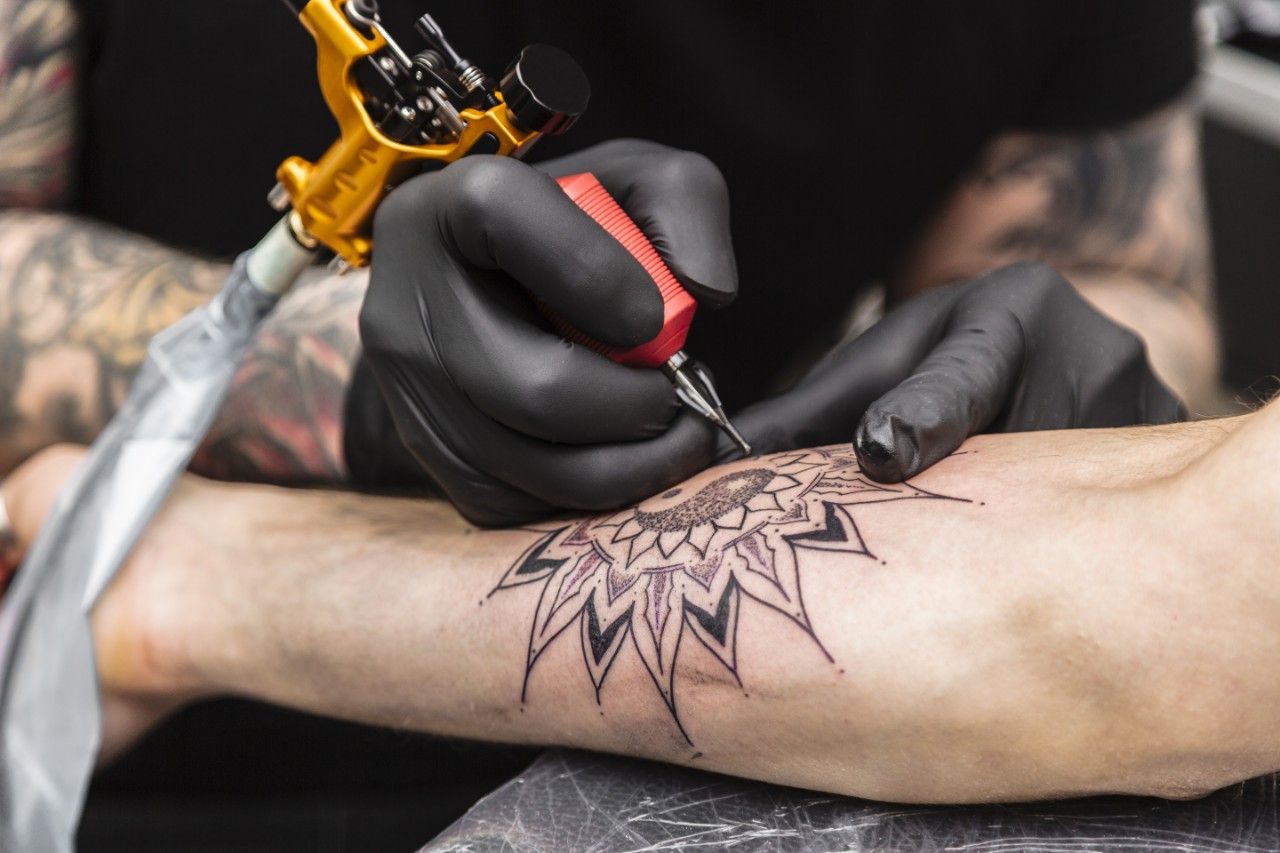An estimated 25% of adults between the ages of 18 and 50 worldwide have at least one tattoo, adding up to millions of people with permanent skin art. But there’s surprisingly little research into whether tattoos — once the domain of sailors and pirates — increase a person's risk of developing skin cancer within the tattoo.
"In all the literature, only about 64 cases of skin cancer in tattoos have been reported,” says Ilene Rothman, MD, former Associate Professor of Oncology in the Department of Dermatology at Roswell Park Comprehensive Cancer Center. “Reported cases don’t mean cause and effect. Those skin cancers could certainly be within tattoos coincidentally.”
There are no current studies on the topic, she adds, but it might be time to change that.
“Because so many people have tattoos, it would be reasonable to have a large study where they could compare people who have tattoos with people who don’t have them, with all other risk factors being the same in both groups, in order to see if tattoos are an independent risk factor for skin cancers,” she suggests. “There’s some evidence that some of the dyes used in tattoos may have carcinogenic substances, but it’s not really known how they react in the skin, because there are no studies.”
In the past, certain colors of ink — including red — contained mercury, but formulations have changed over time. However, Dr. Rothman notes, the FDA does not monitor or regulate tattoo inks, which tattoo artists often purchase at conventions or online. As the ink is embedded into a person’s skin, it is absorbed by immune cells within the skin. In fact, some people learn later that a lymph node near their tattoo has turned black due to the absorption of ink, even if the lymph node itself is healthy.
There also isn’t enough research to indicate if undergoing laser treatments to remove tattoos can change a person’s risk for developing skin cancer in that area. The laser alone is not the same wavelength of light as ultraviolet rays, the kind linked with skin cancer risk, but there is not enough research to know if the tattoo ink being removed reacts with the laser during treatment to produce carcinogenic substances.
Never miss another Cancer Talk blog!
Sign up to receive our monthly Cancer Talk e-newsletter.
Sign up!Dr. Rothman is sure of this: having tattoos can make it harder to detect changes or abnormalities in a person’s skin or moles.
“One small tattoo isn’t a big deal, but with multiple tattoos, it can be challenging to pick out skin cancers or changes in moles,” she says. “The instrument we use, a dermatoscope, shows us in detail the lesions we look at. Tattoo ink will show up in odd patterns through the polarized lenses. Even if you remove a mole within a tattoo, that’s a challenge on the pathology end — examining the mole under a microscope.”
The best advice for someone who has tattoos and is concerned about skin cancer is to conduct regular self-examinations, Dr. Rothman says. “We really advocate for everyone to do self-exams on a regular basis. We know it’s hard enough for people to feel confident in doing that, even without tattoos, but keep looking. If you look every month, if there’s a change, it will likely stand out to you.”



